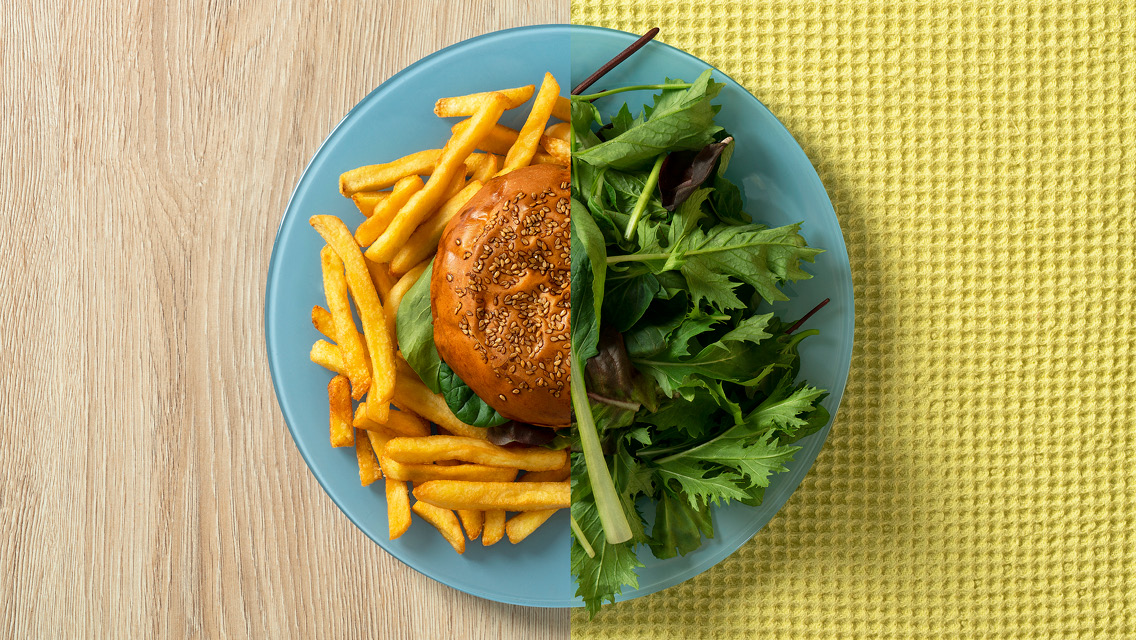There are any number of plausible ways to explain why average life expectancy in the United States has declined in recent years and now pales alongside that of most developed countries. COVID certainly has had something to do with it, and our opioid epidemic has taken its toll. Plus, our troubled healthcare system — including the dysfunctional nursing home industry — has probably played a role as well. But recent studies have also been pointing to a distinctly American behavior to account for the disturbing trend: our addiction to junk food.
Last fall, for instance, French researchers revealed a possible link between consuming high amounts of the emulsifiers common to industrially manufactured convenience food and an increased risk of cardiovascular disease among middle-aged people with no history of heart disease. Though strictly observational, the study included a large sample (more than 95,000 participants) and the results, published in The British Medical Journal, did not change upon further testing.
“Despite the moderate magnitude of the associations,” the authors note, “these findings may have important public health implications given that these food additives are used ubiquitously in thousands of widely consumed ultraprocessed food products.”
And earlier this month, a research team at Florida Atlantic University (FAU) cited several earlier studies to make the case against ultraprocessed foods in The American Journal of Medicine, arguing that our gastrointestinal tracts aren’t designed to properly digest the various additives contained in these products, causing a wide variety of bodily distress.
“Ultraprocessed foods are likely to play major roles in a myriad of diseases, such as diabetes, coronary heart disease, stroke, a variety of cancers, and even mental health disorders,” writes lead study author Dawn Harris Sherling, MD, FACP, an associate professor of medicine at FAU’s Schmidt College of Medicine.
“Ultraprocessed foods are likely to play major roles in a myriad of diseases, such as diabetes, coronary heart disease, stroke, a variety of cancers, and even mental health disorders.”
Sherling goes on to describe the “novel ingredients” in these products — various emulsifiers, maltodextrin, and other additives — as foreign invaders “never before encountered by human physiology.” This can cause havoc in the gut microbiome, triggering an inflammatory response that promotes chronic disease. To drive home her point, she notes that ultraprocessed fare now makes up nearly 60 percent of the average American diet compared with about 20 percent of people’s diets in countries reporting lower rates of serious illness and longer life expectancy.
Fast food, salty snacks, and sugary drinks have been around for the better part of the last hundred years, of course, but the marketing of convenience food really hit its stride in the years following World War II, and it overwhelmed the taste buds and eating patterns of my baby boom generation. The effects, some experts suggest, have lingered well into our dotage.
“An increased consumption of ultraprocessed foods and decreased consumption of minimally processed foods among older adults in recent years may reflect the food environment during their childhood and adolescence,” explain the authors of a study published in 2022 in the American Journal of Clinical Nutrition. “This generation of older adults grew up during a time when ultraprocessed foods were increasingly available and marketed in the United States, which may have influenced their preferences and dietary habits.”
I can’t help recalling with some vague wonder the Swanson TV dinners, the Jeno’s pizzas, and the Chung King chow mein Mom would serve us on those rare occasions when she allowed herself to take a break from scratch cooking. Those meals represented a refreshing change from our dreary dinner regimen as well as an attempt — however tentative — to keep pace with the fast-evolving American food culture of the 1950s and early ’60s. Convenience food back then just felt so modern.
It would take decades of research and consumer activism before the Food and Drug Administration would mandate that ingredient lists appear on some of these products. Meanwhile, food manufacturers and their scientists gradually perfected recipes and formulations that made their products more addictive, capturing and retaining consumers of all ages while paying lip service to the harmful effects of their artistry.
Sherling compares these companies with their counterparts in the tobacco industry, which spent decades deflecting concerns about lung cancer, emphysema, and other diseases their products caused until the federal government finally took action. But she doubts we’ll see a similar effort to limit advertising for junk food — which she calls the new “silent killer” — or mandate tougher product warnings anytime soon.
Doctors, nurses, researchers, and policymakers exercise much less influence over our collective eating habits than the scientists who create the addictive pleasures of ultraprocessed food and the marketers who whet our appetites for it.
“The multinational companies that produce ultraprocessed foods are just as, if not more, powerful than tobacco companies were in the last century, and it is unlikely that governments will be able to move quickly on policies that will promote whole foods and discourage the consumption of ultraprocessed foods,” she argues. “Importantly, healthcare providers also should remain cognizant of the difficulties that many of our patients have in being able to afford and find healthier options, which calls for a broader public health response.”
That’s a tall order for our brittle healthcare system. For all their good intentions, doctors, nurses, researchers, and policymakers exercise much less influence over our collective eating habits than the scientists who create the addictive pleasures of ultraprocessed food and the marketers who whet our appetites for it. I’m happy to report that it’s been more than a half century since I last dug into one of those Swanson’s TV dinners, and the golden arches long ago lost their allure. Maybe I’ve managed to loosen junk food’s grip on my appetite over the years.
Just don’t open a bag of Doritos while I’m in the vicinity.





This Post Has 0 Comments